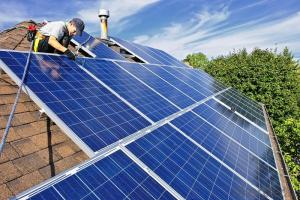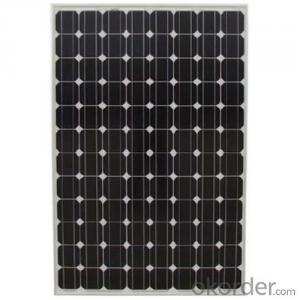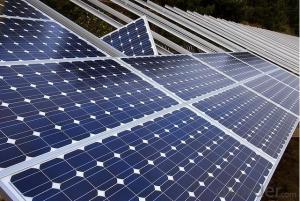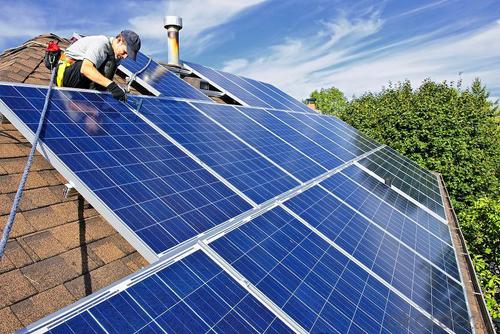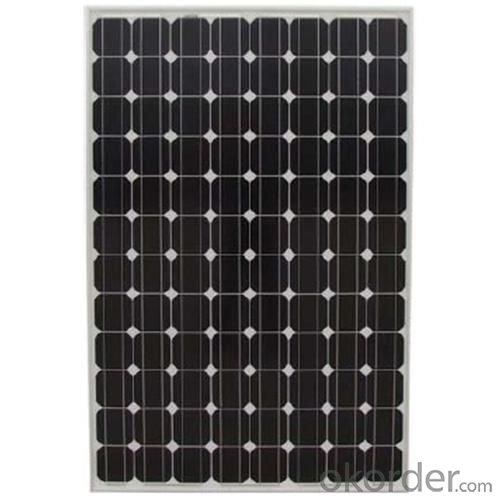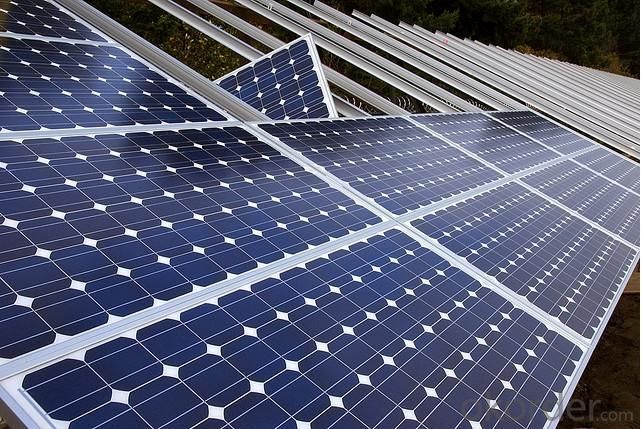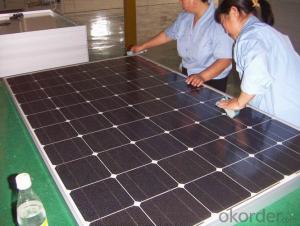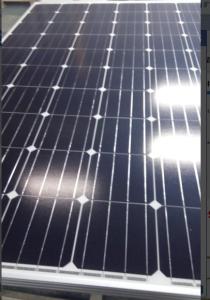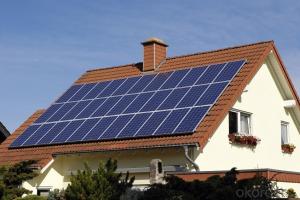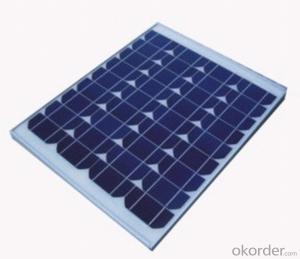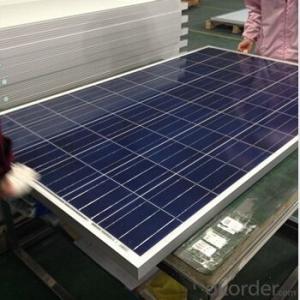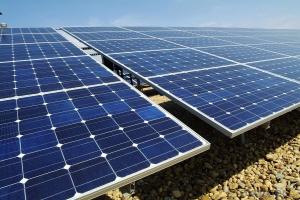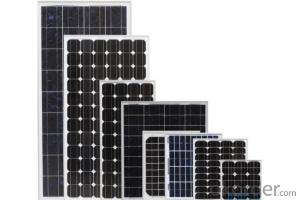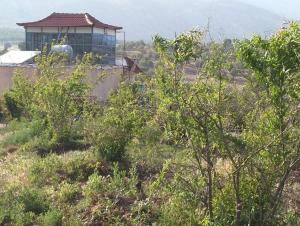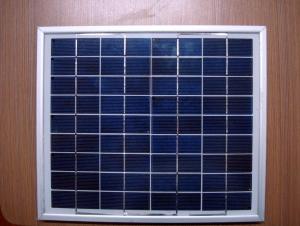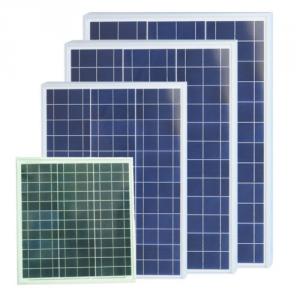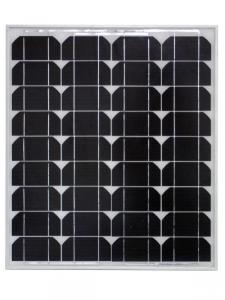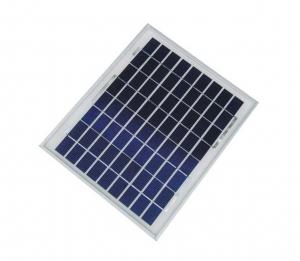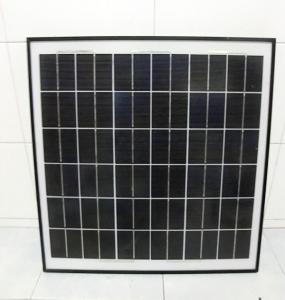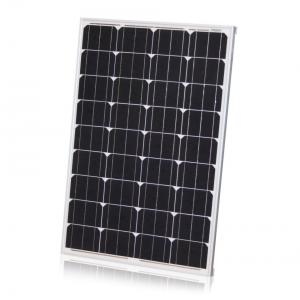Eroei High Efficiency A Grade Poly Solar Panel 100W CE TUV UL Approved
- Loading Port:
- Shanghai
- Payment Terms:
- TT OR LC
- Min Order Qty:
- 1 watt
- Supply Capability:
- 1000000 watt/month
OKorder Service Pledge
OKorder Financial Service
You Might Also Like
Specification
China National Building Material Group Corporation
CNBM International Corporation is a professional solar panel manufacturer in China for CNBM brand . Silicon panel ( silicon module), as our main product, has high quality and good service. Our products are very popular in Europe, Australia, England, Middle East, Mexico, Argentina, Chili, Singapore and Africa.
Furthermore, our products have gained international authorized certificates like TUV, UL and CE.
China National Building Material (Group) Corporation (CNBM), established in 1984, is one of the largest State-owned group corporations of building & mechanical materials which specializes in the design, manufacturing and distribution of building materials in the world.
As the whole world turns “green”, CNBM enters into the Photovoltaic Industry in 2005.After 6 years' fast growth, now our annual capacity is 500MW solar panel and 500MW solar cell.
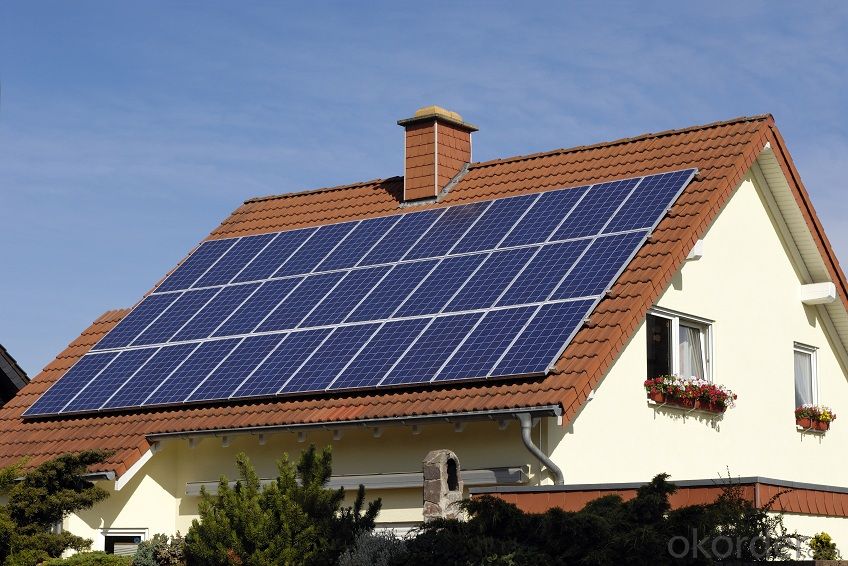
Features of our products:
• High conversion efficiency mono/poly-crystalline amorphous silicon solar cells
• Modules incorporate high performance bypass diodes to minimize the power drop caused by shading
• High transmittance, low-iron tempered glass
• High performance EVA encapsulant to prevent destroying and water.
• AI frame: without screw, corner connection. 8 holes on the frame can be installed easily
• Good performance of preventing from atrocious weather such as wind and hails
• Certifications: CE IEC TUV VDE UL, Class I
• 10 years 90% power output warranty
As a professional Solar Panel manufacturer and Supplier in China, we have our customers come around the whole world and our specialization has got a worldwide recognition. Meanwhile, with our superior quality, competitive price, prompt and excellent service, As main role in trade section of CNBM Group, CNBM International Corporation supplies products including Monocrystalline Solar Panel, Polycrystalline Solar Panel ( multicrystalline silicon Solar Panel) have received and enjoyed famous reputation in many countries and regions in the world.
FAQ
We have organized several common questions for our clients,may help you sincerely:
①What price for each watt?
It depends on the quantity, delivery date and payment terms,
②What is your size for each module? Can you tell me the Parameter of your module?
We have different series of panels in different output, both c-Si and a-Si. Please take the specification sheet for your reference.
③Can you provide the peripheral products of the solar panels, such as the battery, controller, and inverter? If so, can you tell me how do they match each other?
Yes, we can, we have two companies for solar region, one is CNBM International, the other is CNBM engineering Co.
We can provide you not only the solar module but also the off grid solar system, we can also provide you service with on grid plant.
④What is your warranty system?
Our product performance guarantees for 25 years
• 12 years guarantee for workmanship
• Timeliness of delivery
• Quality Products certified (TÜV, UL, CE, ISO)
- Q: HIToday i was using my BB gun and shot my dads solar panel. I want to fix it for him because he spent a lot of time trying to get the solar panels. All i broke was the glass on the front, what is the glass and where can i buy new glass for it?
- Is it a solar water heater (with water running through it) or a solar electric panel (makes electricity)? If it is a solar water heater, you can buy tempered glass from a local glass dealer. If it is solar electric, it is probably cheaper to buy a new panel than trying to repair it. Read the label on the back of the panel to determine what model it is. If it is less than 40 watts, you may be able to have one shipped to you. If it is bigger than that, it will be expensive to ship just one panel, as it has to go by truck, you may be able to find a local place that sells them.
- Q: I'm curious, for those who have had solar panels installed on the rooves of their houses:How much did you pay? How much energy do the panels produce? Did it dramatically cut down on your electricity bill? Was it worth it? Thanks!
- There are two officially advanced desert storm offices with true solar equipping. The systems are both from Nasa type scientists both private property sales. The use of California for the study is because it requires 30 hours per month to keep the satellite sector in alignment. The owner was very specific to each company that all uses had to have junior sim companies for wider availability. The fact remains solar energy is magic, cost of a large ranch in the original maker was reduced with larger needs like barns, greenhouses, spas, and guest cabins by 78%. An average house would not save. The technology best junior designers is around 5000 and will save 25,000 in some high cost locations per lifetime.
- Q: Can solar panels be used in areas with frequent power outages?
- Yes, solar panels can be used in areas with frequent power outages. Solar panels generate electricity from sunlight, which means they can continue to produce power even when the main grid is down. However, for uninterrupted power supply during outages, it is important to have an energy storage system, such as batteries, to store excess energy generated during the day for use at night or during power outages.
- Q: So how does a solar panel work? Where does the energy get stored in? How much does one cost for a small 2 family home? How much money would we save on electricity?
- These are all good questions but they are open Items. Solar panels work by the reaction of certain elements upon exposure to sunlight.The amount of power generated is Dependant on at least three factors; The size of the solar panel, the type of solar cells used (The specific element and the cell construction) and the amount of sunlight to which the panels are exposed. The answers to these questions may indicate how much you will save (How much does your electricity now cost per KWH and how much do you use in the two family house} and if solar is feasible in your location. You should probable contact at least three of the local companies that do solar installations and listen (with a cynical ear) to their presentations. They are all trying to sell you their product but you after listening to more than one presentation can sort through the BS. Also you might contact your present power provider. They should be able to give you some good advice on alternative energy availability. Good Luck DOCSRG
- Q: i was told that by making a solar panel they cause more pollution than they will end up getting rid of. Is that true?
- Absolutely not. This is a myth. The energy payback of a solar panel far outweighs its cost. With current technology (which is vastly improving every year), the payback begins in about -4 years depending on climate. This means that after -4 years, the solar panel has generated the same amount of energy that was used in its entire creation up until the point that it was installed. The panel will then continue to generate power for another 20-25 years at 90-98% capacity if properly maintained. The U.S. Department of Energy has conducted extensive studies on the subject and the results (which i'm quoting) can be viewed on their PV Faq page...
- Q: Can solar panels be installed on a carport?
- Yes, solar panels can be installed on a carport. In fact, carports are a great location for solar panel installations as they provide ample space and a suitable structure to mount the panels. Installing solar panels on a carport can help generate clean and renewable energy while providing shade and protection for vehicles parked underneath.
- Q: Thinking about getting a solar panel installed but i'm worried about getting the govt. rebates. There is a Federal Tax credit and a State of Florida rebate and i'm wondering what the time frame is for getting the rebates. Has anyone gotten a solar panel installed recently that could give me more info.Thanks!
- Do not count on getting the rebate soon or if at all. You should get on the list and wait until the funds are released. Good luck. Summary: Note: There is currently a waiting list for rebates from the Solar Energy Incentives Program. This program has received $5 million in federal funding from the American Recovery and Reinvestment Act of 2009 (ARRA). This funding will be used to award rebates to some of the systems that are on the waiting list. The state has applied for an additional $9.4 million in federal funding for this rebate program. Systems applying for the rebate at the present time will be placed on the waiting list. If additional federal funded is received, the approved applications will be awarded rebates based on the order in which they were received. FY 2009-200 is the last year of the solar rebate program and the last year the program could be funded under current authorizing statute. Florida's Solar Energy System Incentives Program was established in June 2006 (SB 888) to provide financial incentives for the purchase and installation of solar energy systems from July , 2006, through June 20, 200. A total of $2.5 million was available for FY 2006-2007; $3.5 million was available for FY 2007-2008, and $5 million is available for FY 2008-09.
- Q: I am looking to buy a solar panel.What does it mean when in the title it says 200 watts, or 50 watts?
- It's okorder / for more details.
- Q: Can solar panels be installed on a shopping mall or retail complex?
- Yes, solar panels can be installed on a shopping mall or retail complex. Many shopping malls and retail complexes have large roof spaces that can accommodate solar panels. Installing solar panels on these buildings can help to reduce energy costs, decrease carbon footprint, and demonstrate a commitment to sustainability. Additionally, the solar panels can provide a source of clean and renewable energy to power the operations of the shopping mall or retail complex.
- Q: The inverter I am using gets the required 2 DC volts from the solar panel, but fo some reason it just won't output the 0 AC voltage. When the inverter is hooked to a car battery, it works just fine off the same 2 DC rating. Help me out please...
- There could be a couple of reasons why it isn't working. First, 2V panels actually put out a considerably higher voltage because it is presumed that they will be used to charge a 2Vdc battery. That requires applying a voltage greater than 2Vdc, and usually there is a solar controller that regulates the solar power to the battery. It also has a voltage drop. Look at the first reference reference, and you will see these values for a particular panel: Voc: 2.6V (open circuit voltage) Vmp: 7.2V (voltage at maximum power point) Voc is the voltage the panel produces under standard sunlight and temperature conditions (25°C), with no load applied. As load is applied, the voltage drops (see reference 2). Power is the product of current times voltage, so at one set of conditions (namely at Vmp) maximum power is available from the panel. Your inverter might not be working for either of two reasons: ) it has input protection circuitry that locks out operation when it senses an overvoltage, as in the 2.6V open circuit voltage, or 2) the panel does not produce enough current and the voltage from the panel collapses under excessive load. For example, if you load your inverter to 20W, then nominally the 2VDC input to the inverter must supply 20W/2V/eff = 0A/eff Assuming the inverter has an efficiency of 80%, the input current required is: 0A/.8 = 2.5A A solar panel operating at maximum power would need a rating of about: 2.5A x 7.2V = 25W Is your panel that big? The other option, as mentioned by others, is to charge a battery that runs the inverter. Other nuances: Voc increases as temperature decreases. Sunlight intensity varies (obviously), so the panel may produce less than rated power. The power specifications often are printed on the back side of the panel.
Send your message to us
Eroei High Efficiency A Grade Poly Solar Panel 100W CE TUV UL Approved
- Loading Port:
- Shanghai
- Payment Terms:
- TT OR LC
- Min Order Qty:
- 1 watt
- Supply Capability:
- 1000000 watt/month
OKorder Service Pledge
OKorder Financial Service
Similar products
Hot products
Hot Searches
Related keywords
